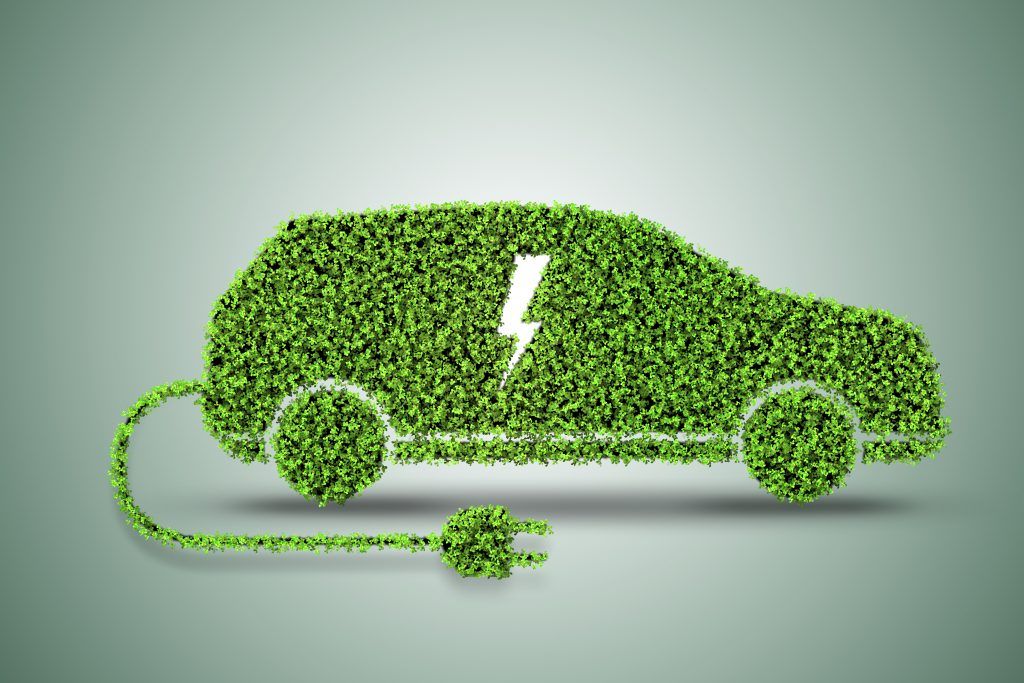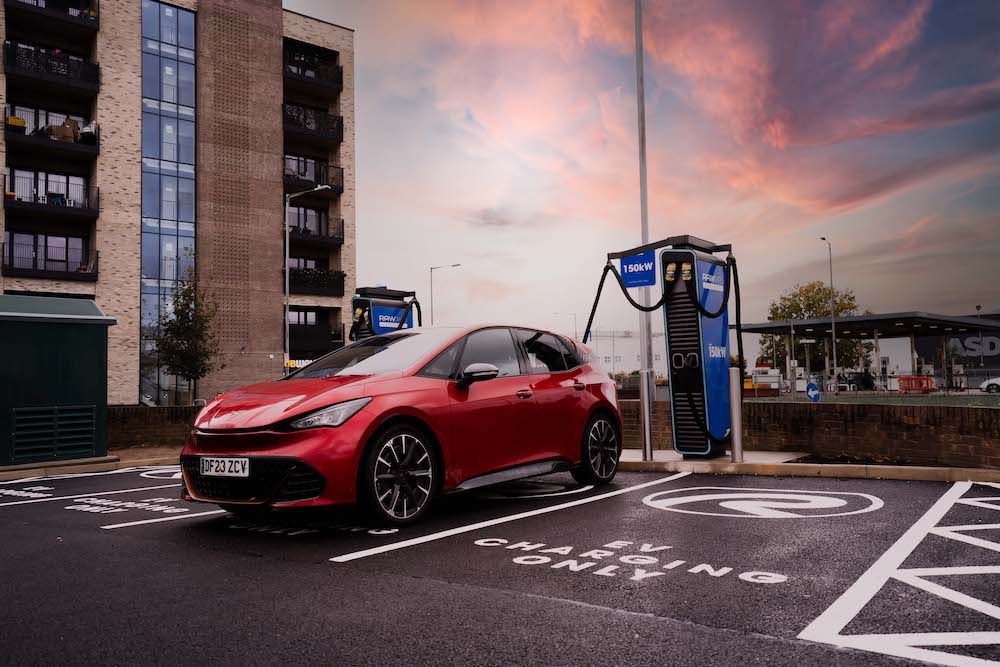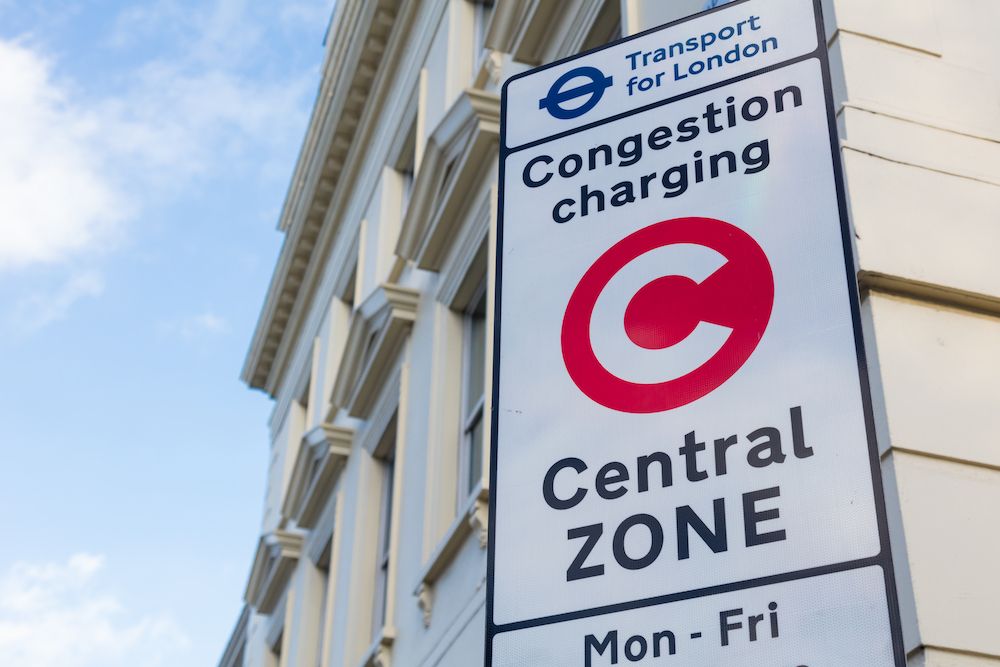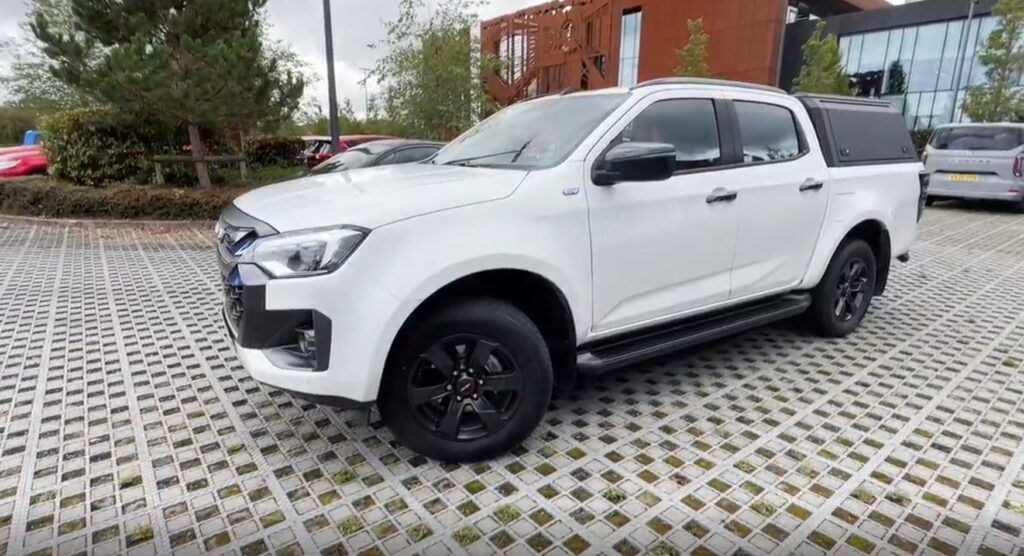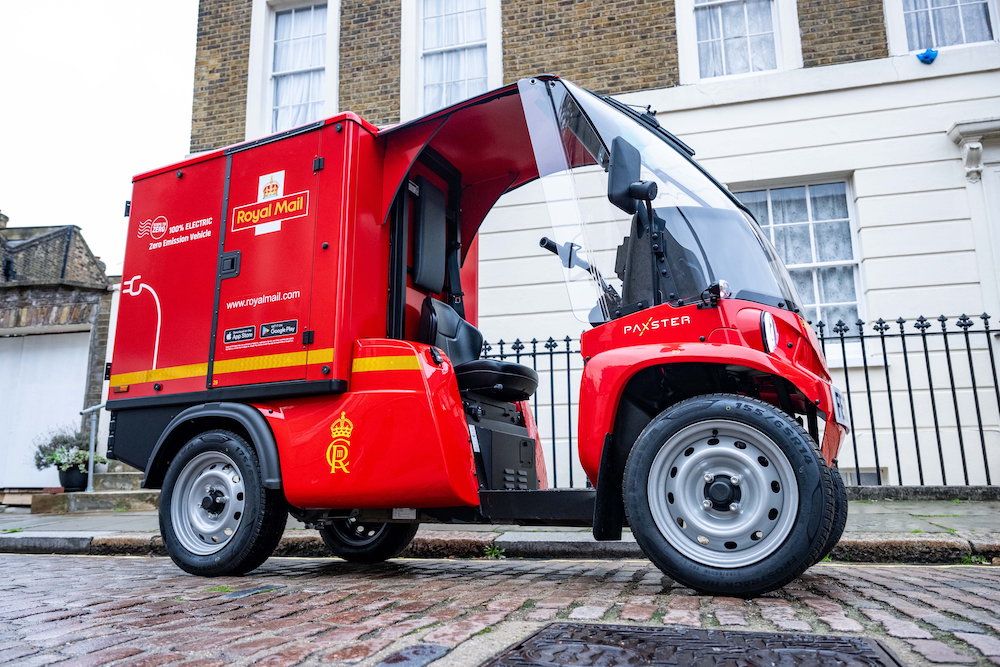Around two-thirds of Britain’s most common type of public chargepoint suffer limited mobile signal connectivity, research by the RAC Foundation has suggested.
The RAC Foundation analysed a randomly selected sample of 2,059 Type-2 public chargers across Britain. It revealed the majority of these chargers do not have an adequate level of coverage from all four mobile phone network providers to guarantee they can be activated 100% of the time.
In Britain, outside of London, just a third (33.4%) of the Type-2 chargers analysed are in locations where there is acceptable all-network 4G coverage. Two-thirds (66.4%) are in spots where a signal from one, two, three or even all the providers is absent or too weak to work.
According to Department for Transport figures, based on data from ZapMap, there were 53,677 public charging devices in the UK at the start of the year. Of these, 31,910 have speeds up to 8kw, and almost all are so-called Type-2 chargers.
Unlike chargepoints with a speed of 8kw or faster, chargers below 8kw are not obliged to provide for contactless payment, and most drivers access through mobile phone apps.
Where a 4G signal is absent then a residual 3G signal might still be available, but the national 3G network is due to be shut down completely by 2033. Vodafone has already turned off its 3G network with EE and Three expected to complete their shutdowns later this year, and O2 next year.
Where adequate mobile phone signal coverage is unavailable workarounds could include signposting a WiFi hotspot, use of roaming SIM cards, using antennae for more reliable data connections, using roaming RFID cards more widely, improving signal quality, satellite internet provision, and offer free chargers where there is a breakdown in signal connectivity to guard against potential battery-led breakdowns.
Steve Gooding, director of the RAC Foundation, said: “The mobile phone is already deeply embedded in our daily lives, not least when it comes to driving where we rely on a good mobile connection to inform our sat navs, pay for parking and to unlock electric chargers.
“But all these systems need to be designed with an eye sharply focused on real-world network coverage, which is often patchy, sometimes non-existent, and not about to become infinitely better.
“Where signal connectivity at a chargepoint is a problem drivers might conclude that the charger is at fault hence undermining the confidence we should be building in the reliability of public charging options for electric vehicles.
“In order to design reliable connected services that work for motorists we need a better approach to assessing and reporting the adequacy of on-the-move connectivity so that designers, including electric chargepoint providers, can select which of the readily available workarounds would cover for the shortcomings of the mobile networks.”
Image from Shutterstock



